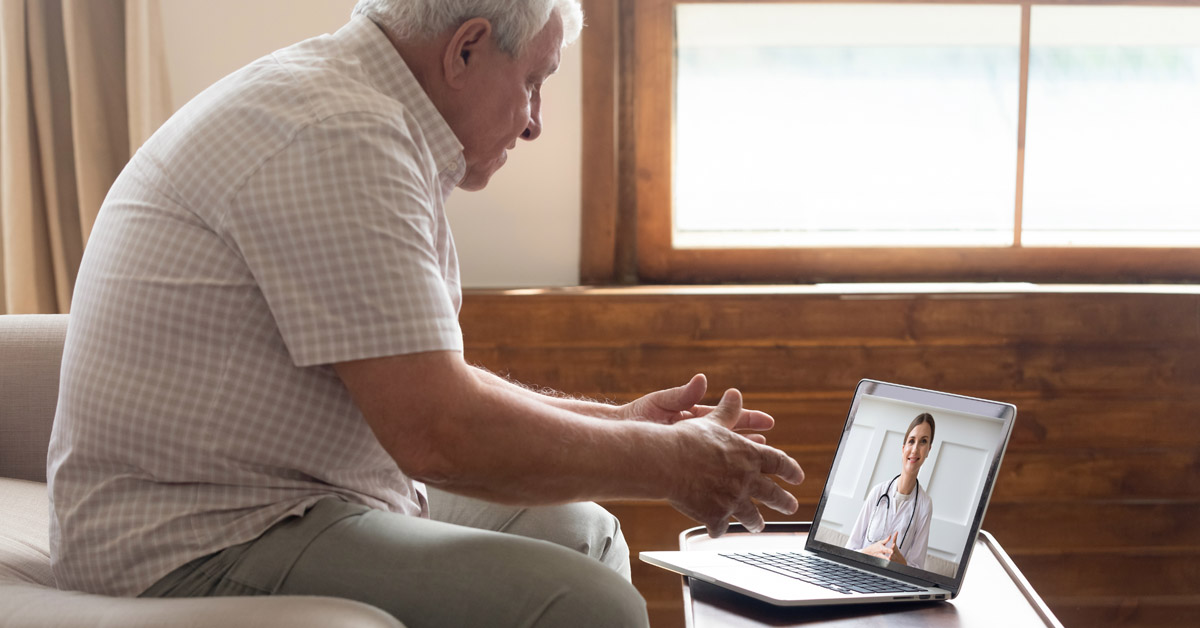
Office of Inspector General Evaluating the Use of Telehealth
The COVID-19 pandemic required home health agencies (HHAs) to adapt their care to respond to COVID-19’s infectious nature, as well as other circumstances from the pandemic. HHAs cared for over three million beneficiaries in the first year of COVID. The Centers for Medicare & Medicaid Services (CMS) requires HHAs to prepare and respond to emergencies and, during the emergencies, CMS can offer regulatory flexibilities and support for various requirements. The Office of Inspector General surveyed a national sample of 400 HHAs to ask about their experiences early in the pandemic.1
Evaluating Home Health Agencies’ Telehealth
The Office of Inspector General (OIG) urged the Centers for Medicare and Medicaid Services to evaluate how the use of telehealth affected the quality of home health care during the COVID-19 pandemic. OIG issued a recommendation in a report to the Department of Health and Human Services in October 2022.1
In the report, 400 home health agencies in the fall of 2021 were surveyed about their experiences during the pandemic, because it said home health agencies (HHAs) played an important role in caring for Medicare beneficiaries. Due to staffing shortages and infection control issues over the past 30 months, home health agencies were granted flexibility to help mitigate pandemic-related issues.
Home Health Agencies Face Challenges
Some of the challenges that faced home health agencies using telehealth during the pandemic were access to phone service, internet, and equipment, assessing patients with remote technology, and lack of reimbursement. According to the OIG, rural agencies had a harder time with telehealth, with most pointing out insufficient internet as an obstacle.1
Home health agencies (HHAs) developed strategies to respond to challenges during the COVID-19 pandemic, including providing new incentives to maintain staff and seeking alternative sources of personal protective equipment. HHAs also benefited from support from the Centers for Medicare & Medicaid Services (CMS), such as regulatory flexibilities and expanded telehealth allowances, but staffing challenges persist.
Of the agencies surveyed, 43% anticipated they would not use telehealth after the pandemic. However, 57% said they would continue to offer telehealth. The report also noted a lack of insight into HHAs’ use of telehealth due to limited reporting requirements.
The Takeaway
With the baby boomer generation continuing to enter the age demographic that suffers the most from chronic conditions and diseases, the need for acquiring qualified staff may remain a top concern in home health agencies’ foreseeable future.
Telehealth platforms could relieve some of the strain from staffing shortages by making care more efficient.






